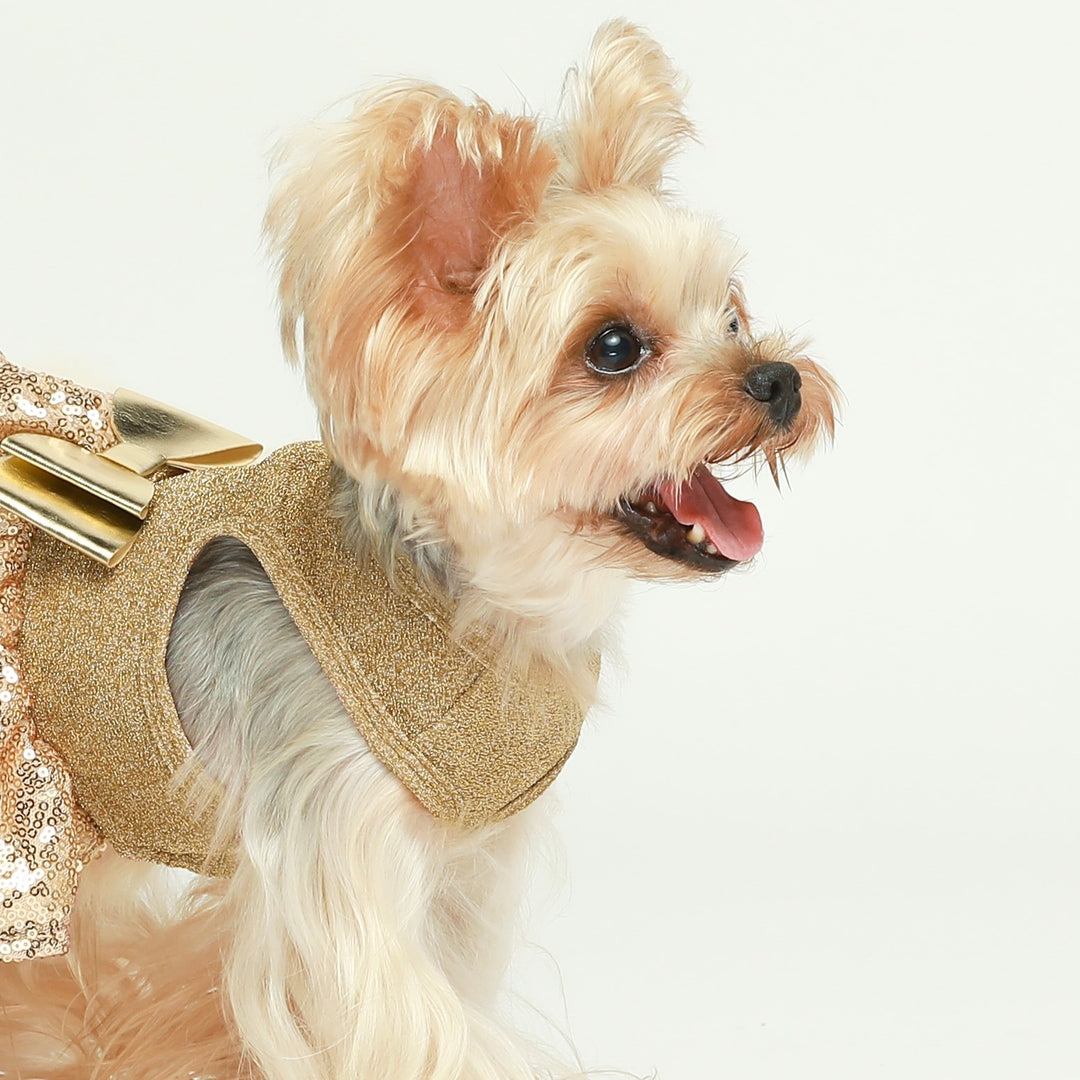Why Do Dogs Chase Their Tails? Understanding This Quirky Behavior
If you're a dog owner, you've probably caught your dog spinning around in circles, eagerly chasing their tail. While it might seem like a funny and harmless act, tail-chasing can leave owners curious — why do dogs do this? For most dogs, it’s a playful activity, but in some cases, there might be more to it than just a fun game. Let’s dive into the reasons behind this common canine behavior and when it might signal something more serious.

Why Do Dogs Chase Their Tails?
-
Curiosity in Puppies: Puppies often chase their tails as part of exploring their own bodies, not realizing it’s attached to them. This behavior is most common in younger dogs who are still discovering the world around them. As they grow older and become more familiar with their bodies, this behavior usually fades.
-
Boredom in Older Dogs: Adult dogs may chase their tails when they’re bored or need to release built-up energy. Without enough physical exercise or mental stimulation, they turn to tail-chasing as a way to pass the time. Ensuring your dog gets regular walks and playtime can help reduce this behavior.
 Instagram: wakanda_shihtzu
Instagram: wakanda_shihtzu
-
Entertainment: Some dogs chase their tails simply to entertain themselves, especially if there’s nothing else to engage them. It can be a fun, self-satisfying activity for dogs who need a quick burst of stimulation. Offering them interactive toys can redirect this energy into more productive activities.
-
Attention-Seeking: Dogs quickly learn that tail-chasing gets a reaction from their owners, whether it's laughter or attention, and may continue doing it for that reason. They crave interaction and know this behavior will draw your focus. Ignoring this action when it's purely for attention can help reduce how often they do it.

Dogs chase their tails for reasons ranging from curiosity and boredom to seeking entertainment or attention. While it’s often harmless, providing proper stimulation and ignoring attention-seeking behavior can help reduce tail-chasing.
Could There Be a Health Problem?
-
Fleas or Skin Irritation: Dogs with fleas or skin issues may chase their tails to relieve the discomfort caused by itching. Bites near the tail area can prompt frequent tail-chasing as a way to scratch or soothe the irritation.
-
Impacted Anal Glands: Dogs have anal glands that can become impacted, causing discomfort or pain near the tail. Tail-chasing may be a way for dogs to attempt to relieve pressure or irritation in this area.
 Instagram: little.miss.daisy.chi
Instagram: little.miss.daisy.chi-
Canine Compulsive Disorder (CCD): In severe cases, tail-chasing can be linked to CCD, a condition where dogs obsessively chase their tails to the point of self-injury. This behavior is repetitive, difficult to stop, and may cause harm to the dog.
-
Frequency and Intensity: If tail-chasing becomes frequent, intense, or leads to injury, it’s important to consider that there might be an underlying medical issue. Monitoring the behavior is key to determining if veterinary care is needed.
While tail-chasing is usually playful, it can sometimes point to health issues like skin irritation, impacted anal glands, or compulsive disorders. Keep an eye on the frequency and intensity to identify if medical attention is necessary.

Instagram: daisyandviolet
How to Prevent Tail-Chasing
-
Provide Mental and Physical Stimulation: Ensuring your dog has plenty of mental and physical activity is crucial. Regular walks, playtime, and interactive toys like puzzles can help keep them engaged and prevent boredom-driven tail-chasing.
-
Offer Enrichment Activities: Incorporating problem-solving activities such as food puzzles or teaching new tricks can occupy your dog’s mind and reduce the desire to chase their tail. This is especially helpful for high-energy breeds.
 Instagram: dantethechichi
Instagram: dantethechichi
-
Use Dog Clothes: Dog clothes, such as jackets or shirts, can act as a physical barrier, preventing your dog from easily accessing their tail. This can reduce the temptation to chase it, especially in cases where it’s becoming a habit. Make sure the clothes are comfortable, well-fitted, and allow your dog to move freely.
-
Create a Routine: Establishing a daily routine with consistent exercise and mental stimulation can help your dog feel more balanced and less likely to turn to tail-chasing as a way to burn energy.
Preventing tail-chasing involves giving your dog ample mental and physical stimulation. Using dog clothes and engaging them in enriching activities can also help reduce this behavior. Regular routines and activities will keep your dog’s mind and body busy.

When Should You See a Vet?
In most cases, tail-chasing is harmless. However, if your dog’s behavior becomes excessive, difficult to interrupt, or results in injury (like biting or chewing on their tail), it might be time to consult a vet. A sudden increase in tail-chasing can signal discomfort or anxiety that needs to be addressed. If you notice other symptoms, such as excessive licking, hair loss, or changes in mood, a veterinary visit is recommended to rule out any medical problems.
Pay Attention to Tail-Chasing
While dogs chasing their tails is often just a playful or attention-seeking behavior, it’s important to observe the frequency and intensity of this activity. Most of the time, it’s nothing to worry about, but in some cases, it could be a sign of an underlying issue. By providing plenty of physical exercise, mental stimulation, and monitoring for any signs of distress, you can keep this behavior in check and ensure your dog stays happy and healthy.

Instagram: ourbuddygraham














